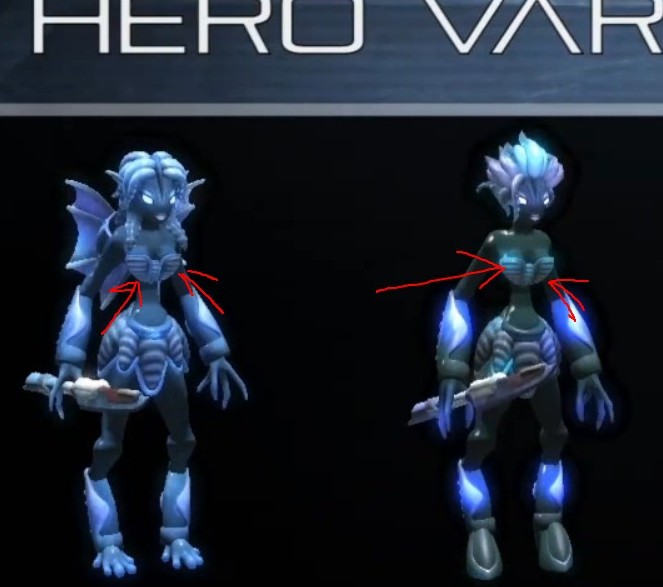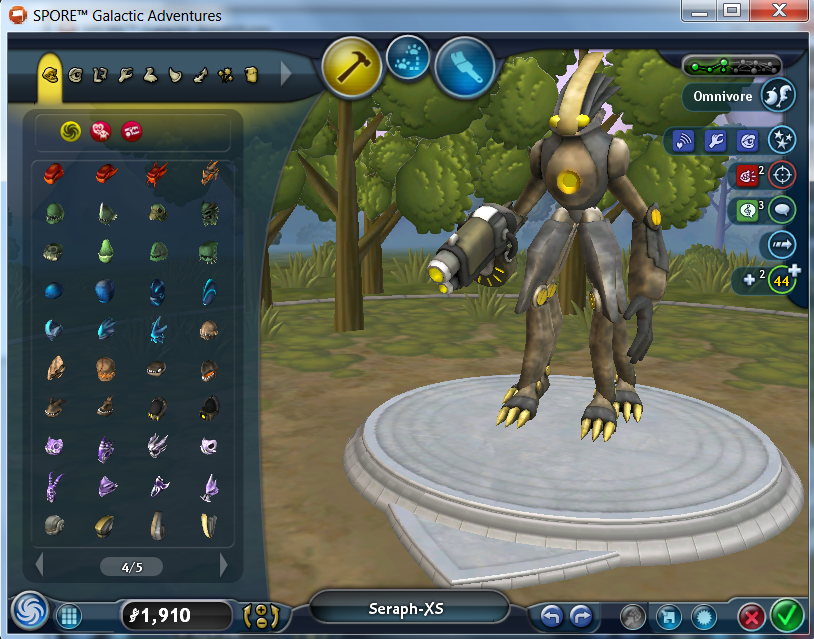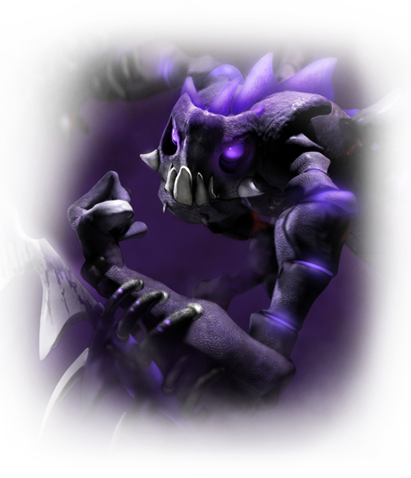

The expansion of Clathrus archeri in Europe is further supported by its invasion into 2 new Romanian sites in July 2013. As climate changes drive niche habitat loss, Clathrus archeri is expected to become threatened in Australia but is expected to expand to northeast Europe. Clathrus archeri was likely introduced via wool fabric in supplies for WWI.


It was first discovered in the UK over a century ago (~1914) and has spread across much of Europe. Clathrus archeri now has a global distribution and has been naturalised in Europe and North America. The species is believed to be endemic to southern Africa, New Zealand and Australia, but has been spreading to other continents and is often invasive. It is most common in leaf litter and mulch, in both woodlands and grasslands. Saprophytes prefer areas with high moisture or water, access to oxygen, neutral pH, and low-medium temperatures. Habitat Ĭlathrus archeri is commonly found in environments with abundant decaying organic matter. Fungal mycelium exhibits calcium pooling which changes soil pH and availability of phosphorus for surrounding flora.

It is most commonly found in leaf litter or mulch below vegetation. The most abundant acid secreted by the fungus is oxalic acid, this acid binds to metal cations and increases the bioavailability of some minerals. Ecology Ĭlathrus archeri grows best in environments rich in decaying vegetation. archeri forms unstable perforate septal pore caps this may suggest that perforation formation in Phallomycetidae begins later in comparison to similar groups. Fungal Hyphae create irregularly shaped vesicles that contain lipids. On the surface of the hyphae, calcium oxalate crystals are secreted. It is hypothesized that this outer layer of crystals creates a protective hydrophobic layer around the hyphae. archeri produces white and fluffy mycelium and eventually turns a pink color. Mycelia strands are 0.5–1.5 mm ( 1⁄ 64– 1⁄ 16 in) in diameter and branch in a tree-like manner. Under these conditions, the thallus grew an average of 2.9 mm ( 1⁄ 8 in) a day over 4 weeks and in a radial shape. archeri was found to grow best in 26 ☌ (79 ☏) on a compost agar (CA) medium with a pH of 6.0. It is hypothesized that the strong putrid smell of the gleba support evidence of coevolution with some angiosperm flowers called sapromyophilous flowers. Fungal spores are oblong, smooth, and 3.5-6 x 1.5-2 µm in size. Fruiting bodies produce a red-orange color due to the production of carotenoids. Each arm can grow up to 10 cm ( 3 + 7⁄ 8 in) in length and is coated in gleba on the upper surface. Next, the thallus emerges from the egg in a starfish-like shape with 4-6 arms on average (up to 8). archeri forms a white ball-like egg shape, usually 2–3 cm ( 3⁄ 4– 1 + 1⁄ 8 in) in diameter. Morphology Ĭlathrus archeri grows in 2 distinct stages, first an egg stage followed by the fungal "arms" emerging. alba with white tentacles or arms has been reported from the Shola Forests in the Western Ghats, Kerala, India. The arms then unfold to reveal a pinkish-red interior covered with a dark-olive spore-containing gleba. The young fungus erupts from a suberumpent egg by forming into four to seven elongated slender arms initially erect and attached at the top. This species was first described in 1980 in a collection from Tasmania. Clathrus archeri (synonyms Lysurus archeri, Anthurus archeri, Pseudocolus archeri), commonly known as octopus stinkhorn or devil's fingers, is a fungus which has a global distribution.


 0 kommentar(er)
0 kommentar(er)
